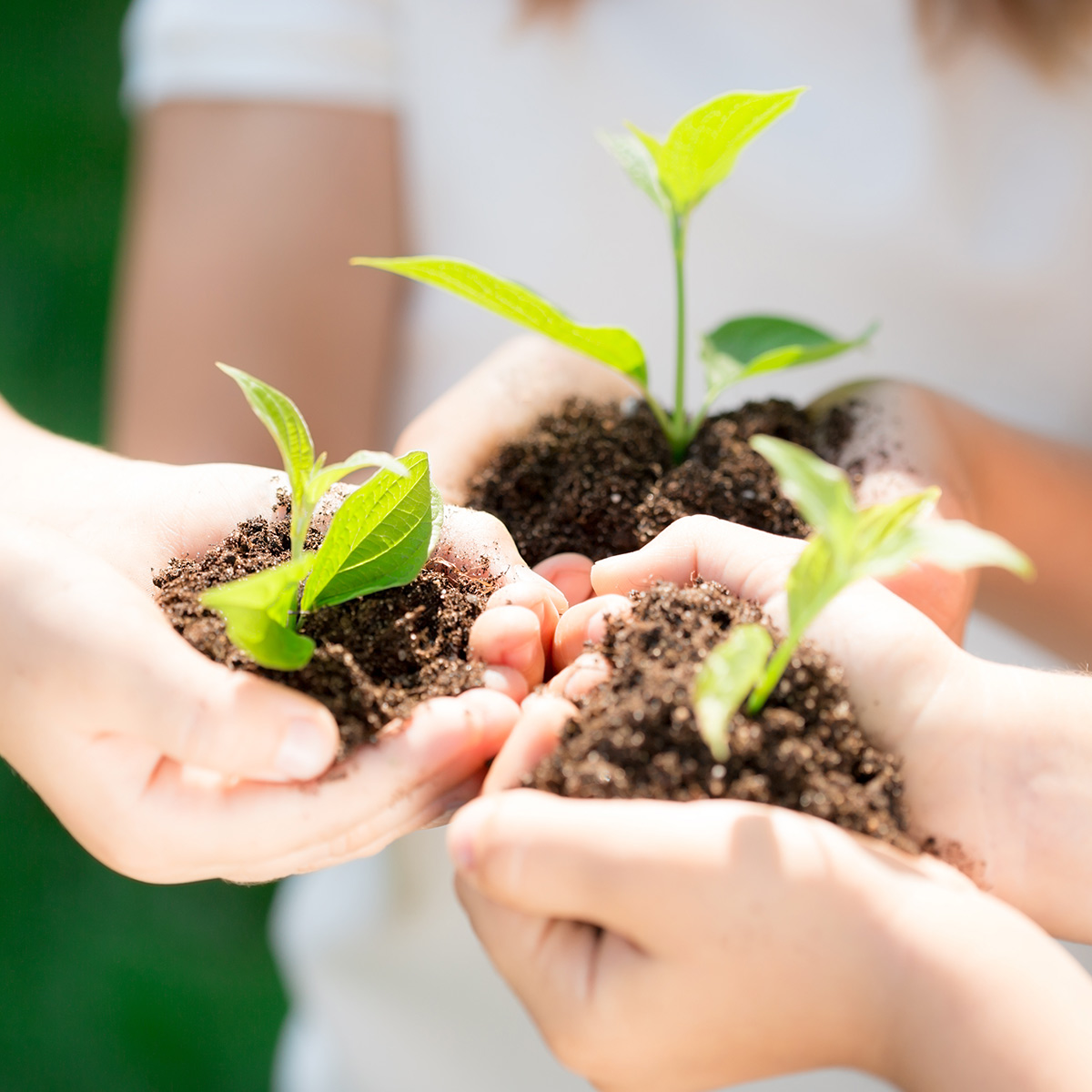Prevention
Contamination can be dealt with physically, chemically, and biologically through the most effective means of soil remediation. Physical remediation of heavily contaminated sites may be accomplished by excavation, washing, or thermal treatment of soils. At the same time, chemical techniques such as oxidation-reduction and neutralization stabilize harmful substances so they do not spread. Phytoremediation and bioaugmentation are biological methods in which plants and microorganisms are used to absorb and degrade toxic elements such as lead, cadmium, and mercury (Dehkordi et al., 2024). These techniques decontaminate soil and increase soil fertility to make the soil safer for agricultural and human use.
- Use filtration systems and low-emission technologies to reduce hazardous waste.
- Control waste disposal to prevent soil contamination.
- Recycle plastics, batteries, and industrial waste to minimize harmful substances.
Sustainable farming practices, like organic fertilizers, rotating crops, and minimizing the number of pesticides, prevent chemical buildup while fostering soil health (FAO and UNEP, 2021). Beyond waste management and sustainable farming, industries must adopt eco-friendly technologies and promote energy-efficient practices to minimize their environmental impact. It also serves as a long-term support for pollution control via government regulations, inter-sectoral collaboration, and research initiatives (Dehkordi et al., 2024). The integration of these techniques can significantly diminish soil pollution problems and protect ecosystems for future generations.
